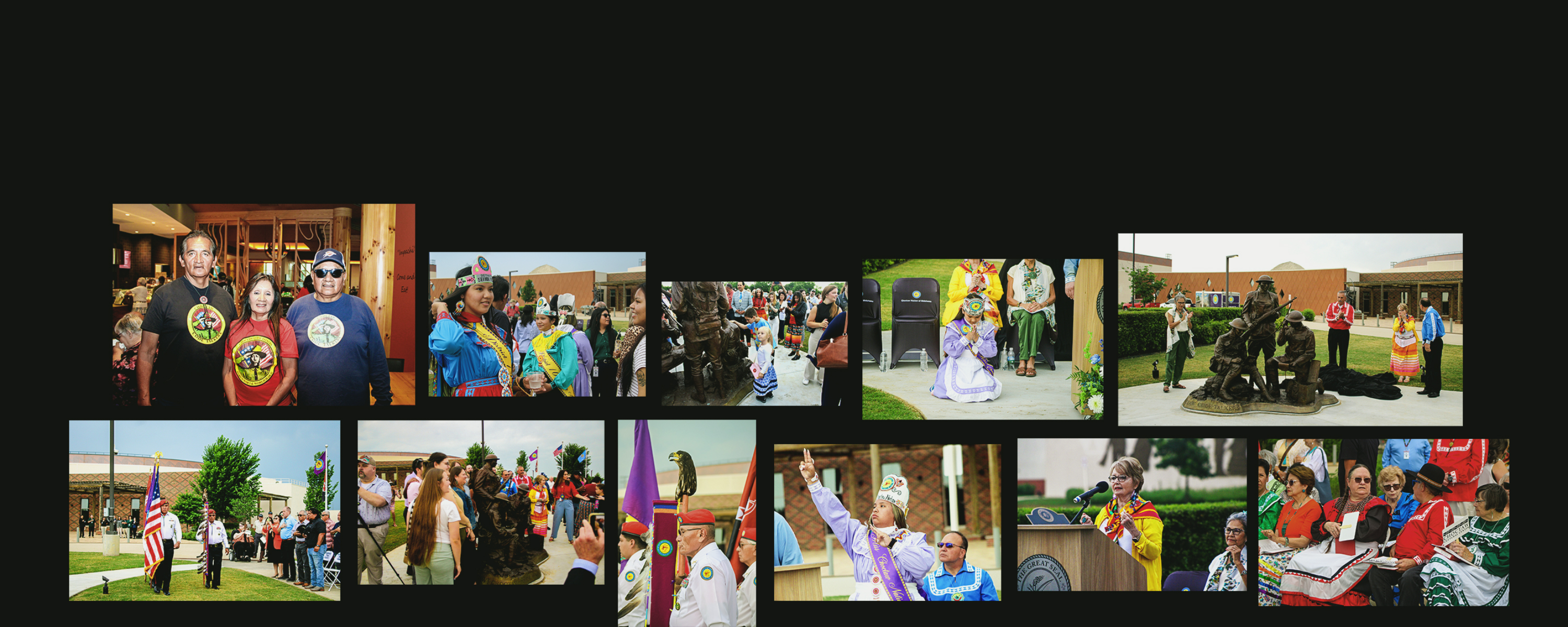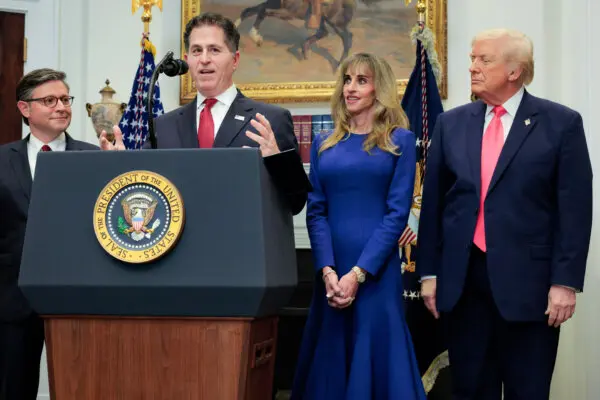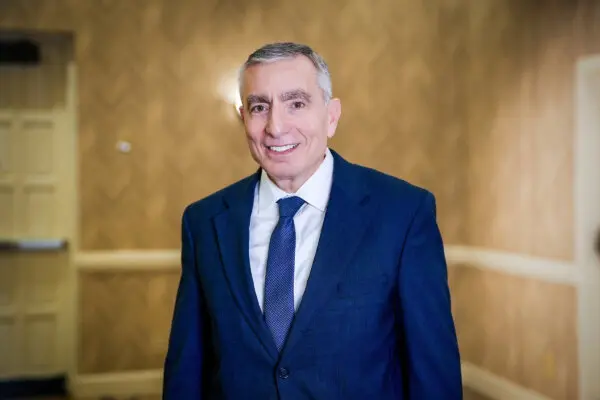In 1917, a Choctaw Indian named Joseph Oklahombi walked 21 miles from his home in Wright City, Oklahoma, to Idabel, the McCurtain County seat, to enlist in the U.S. Army.
Oklahombi enlisted at a time when most Native Americans were not considered U.S. citizens—that didn’t happen until the Indian Citizenship Act of 1924.











